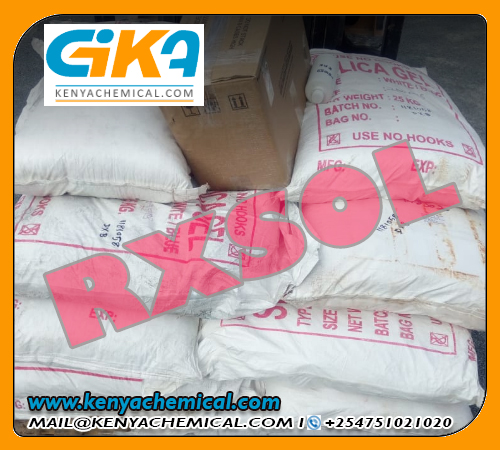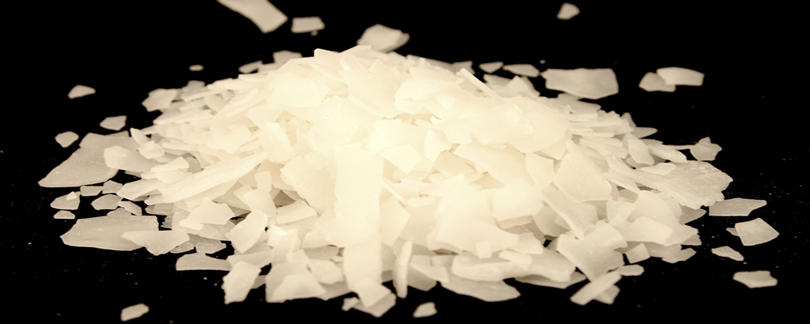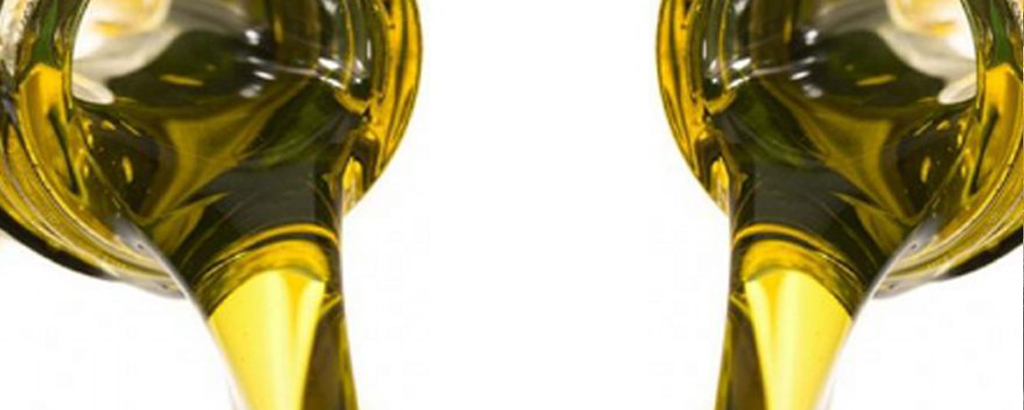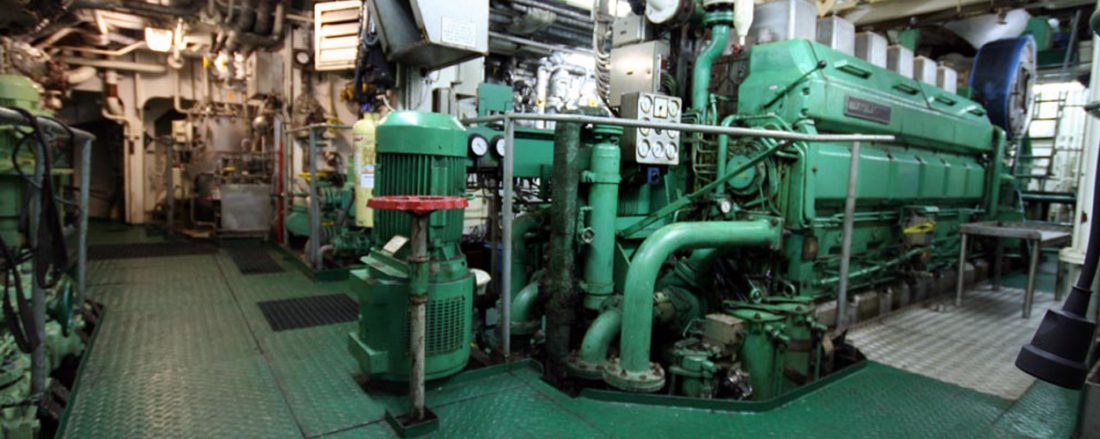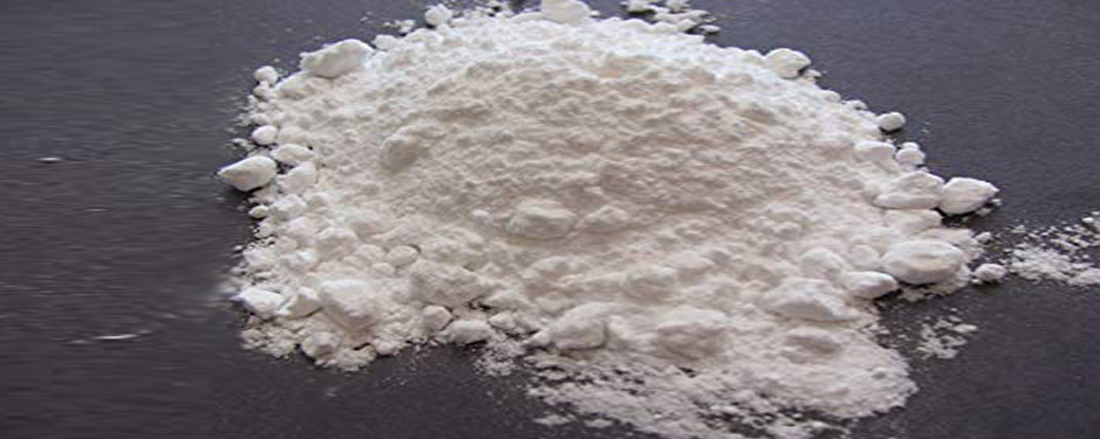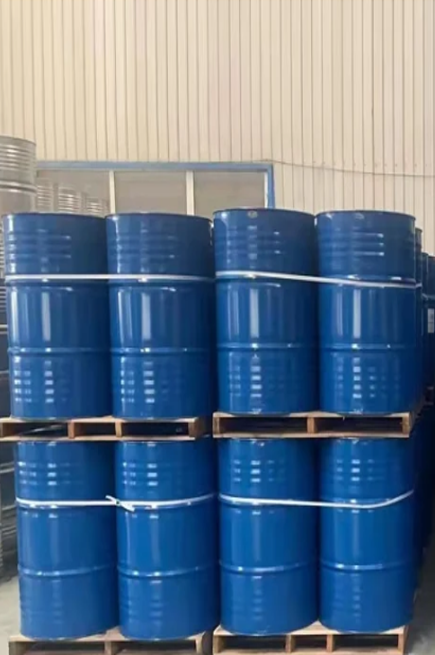D TARTARIC ACID LR
SKU
RXSOL-60-6604-398
SUPPLY LOCATION:
Locations
[D TARTARIC ACID LR] manufacturers, suppliers, exporters in Mumbai, Gandhidham, Kolkata, Varanasi, Visakhapatnam, Chennai, Fujairah, Dubai, Canada BC, Barka, Sohar, Muscat, Oman.
Lab chemicals manufacturers, suppliers, exporters in India, UAE Middle East, Barka, Sohar, Muscat, Oman, Canada.
[D TARTARIC ACID LR] is available in small packing as well as in bulk. Buy premium quality [D TARTARIC ACID LR] and other lab chemicals from one of the most trusted brands.
Category
Variations
Its primary commercial source is as a byproduct of the wine industry. It is used as an additive in many foods, such as soft drinks, bakery products, and candies. Industrial uses include tanning, ceramics manufacture, and the production of tartrate esters for lacquers and textile printing.
Its primary commercial source is as a byproduct of the wine industry. It is used as an additive in many foods, such as soft drinks, bakery products, and candies. Industrial uses include tanning, ceramics manufacture, and the production of tartrate esters for lacquers and textile printing.
Remarks
Tag Identification
Note
1. The reaction may be quite vigorous at its start, and the use of a large flask with two condensers is advised.
2. The anhydrous d-tartaric acid was obtained from Matheson, Coleman and Bell, East Rutherford, New Jersey.
3. Additional but lower-grade product may be acquired by pouring the mother liquor into petroleum ether and filtering the mixture. The recovered product is washed twice with absolute ether, filtered, and dried. About 7 g. of product, m.p. 129–131°, is thus obtained.
4. The product is not stable and should be prepared only as needed. It may be kept in a vacuum desiccator over phosphorus pentoxide and paraffin, but the melting point drops about 1 degree during the first 4 days and then remains constant at approximately 132–134°. If placed in an ordinary stoppered bottle, the product becomes gummy and the melting point falls to about 100° within 3 days. Attempts to recrystallize the anhydride invariably led to decomposition and lowered melting point.
4. The product is not stable and should be prepared only as needed. It may be kept in a vacuum desiccator over phosphorus pentoxide and paraffin, but the melting point drops about 1 degree during the first 4 days and then remains constant at approximately 132–134°. If placed in an ordinary stoppered bottle, the product becomes gummy and the melting point falls to about 100° within 3 days. Attempts to recrystallize the anhydride invariably led to decomposition and lowered melting point.1. The reaction may be quite vigorous at its start, and the use of a large flask with two condensers is advised.
2. The anhydrous d-tartaric acid was obtained from Matheson, Coleman and Bell, East Rutherford, New Jersey.
3. Additional but lower-grade product may be acquired by pouring the mother liquor into petroleum ether and filtering the mixture. The recovered product is washed twice with absolute ether, filtered, and dried. About 7 g. of product, m.p. 129–131°, is thus obtained.
4. The product is not stable and should be prepared only as needed. It may be kept in a vacuum desiccator over phosphorus pentoxide and paraffin, but the melting point drops about 1 degree during the first 4 days and then remains constant at approximately 132–134°. If placed in an ordinary stoppered bottle, the product becomes gummy and the melting point falls to about 100° within 3 days. Attempts to recrystallize the anhydride invariably led to decomposition and lowered melting point.
Important derivatives of tartaric acid include its salts, cream of tartar (potassium bitartrate), Rochelle salt (potassium sodium tartrate, a mild laxative), and tartar emetic (antimony potassium tartrate). Diisopropyl tartrate is used as a co-catalyst in asymmetric synthesis.
100 µg/mL (e), 125 µg/mL (f) dosage of Cu2O NPs and untreated control (d). ... modified with carboxylic acid ligands or tartaric/adipic acids demonstrated.

